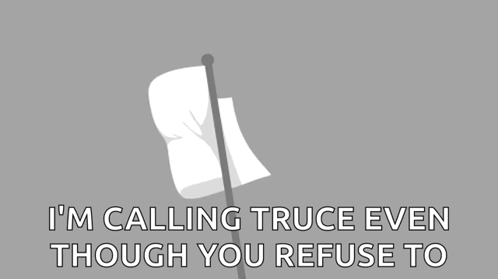🪴 Understanding ceasefire: a path to peace
In the midst of conflict, a ceasefire can serve as a beacon of hope, offering a chance for healing and resolution.
As the sounds of gunfire fade, the possibility of dialogue emerges, allowing warring factions to pause their hostilities and reconsider their paths to peace.
In a world often overshadowed by violence, ceasefires remind us that even in the darkest times, there is an opportunity for understanding, compassion, and a collective effort toward a brighter future.
So, what exactly means a ceasefire?
Ceasefire is a military order to cease (come to an end) firing.It's generally described when a military temporarily stops the war, and both the sides mutually agree to stop their agressive actions.
It is an agreement between conflicting parties to stop hostilities, often as a precursor to negotiations or peace talks.
Sometimes the agreement can be permanent as well, depending on the circumstances and the willingness of the parties involved to reach a resolution.
Why are ceasefires initiated?
The conflicting parties come to an agreement to:
a) Stabilize environment for humanitarian aid:
During armed conflicts, access to affected areas is often severely restricted. It becomes extremely difficult for the humanitarian organizations/team to deliver food, medical supplies, and other essential services to the effected zones.
A ceasefire allows these organizations and teams to operate without the immediate threat of violence, enabling them to reach those in need. This can help alleviate suffering, prevent famine, and address health crises that arise during conflicts.
b) Facilitates safe evacuation of civilians:
Armed conflicts often put civilians at great risk, leading to casualties and displacement. A ceasefire can establish safe corridors or designated times for civilians to evacuate conflict zones.
This not only protects lives but also allows people to seek refuge in safer areas, reducing the overall humanitarian impact of the conflict. It can also help prevent situations where civilians are caught in crossfire or used as human shields.
c) Opens opportunities for dialogue:
Labels: 30daysOfImpact, ceasefire, conflict, impact, war

